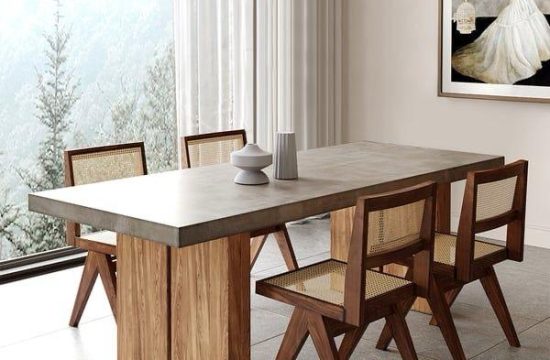Shelburne, Vermont
Simple and spare, Shaker furniture is regarded as some of the finest in the world.
Jean Burks, a curator at the Shelburne Museum, says, “If you were a 19th century person looking at their furniture, you would have been shocked at how simple it was.”
But the history of the people who created it is anything but simple. Burks explains, “They were ostracized in England, beaten, thrown in jail.”
So this protestant sect came to America in the late 1700s, setting up communities from Maine to Kentucky. They took in orphans, widows, and converted people who shared their intense faith. They had to keep their villages going: the Shakers believe in celibacy. Burks says, “That spread the love from one person to a larger society.”
Burks says many people are wrong in thinking the Shakers are similar to the Amish. So the Shelburne Museum exhibit she organized shows how the group embraces technology. Cars made their lives easier, giving them more time for prayer. The last three Shakers alive in Maine sell seeds online. But Burks adds, “They don’t like to be thought of as producers of products. They want us to remember them for their faith.”
Still, Shaker furniture can fetch tens if not hundreds of thousands of dollars from collectors. They’re impressed that even pieces 200 years old have a modern look.
Burks says, “The drawers are asymmetrical. If that piece was meant to hold patterns on one side and tools on the other, the drawers didn’t have to be balanced. It needed to function for that specific purpose.”
Contemporary furniture actually resembles the old work of the people who said, “Hands to work, hearts to God.” Nowadays, drawers of different sizes in one chest are the norm.
At the end of the season, the exhibit, save for, of course, the Shaker-inspired garden outside, will travel to the Bard Graduate Center in New York City. And Yale University will publish a scholarly book on the show. That visibility is a real feather in the cap of the Shelburne Museum.
Museum director Stephan Jost explains, “Borrowing more than 150 objects to travel, that’s pretty rare for us to do. Usually we just travel our own collection. So this is really stepping up into the big leagues of museums and touring exhibitions. I should point out that we had multiple museums competing for this show to exhibit it.”
But this is the first place to see these objects together. Visitors can learn about this quiet, industrious group through late October. Burks beams, “I hope they will be intellectually and visually stunned!”
Jack Thurston – WCAX News












